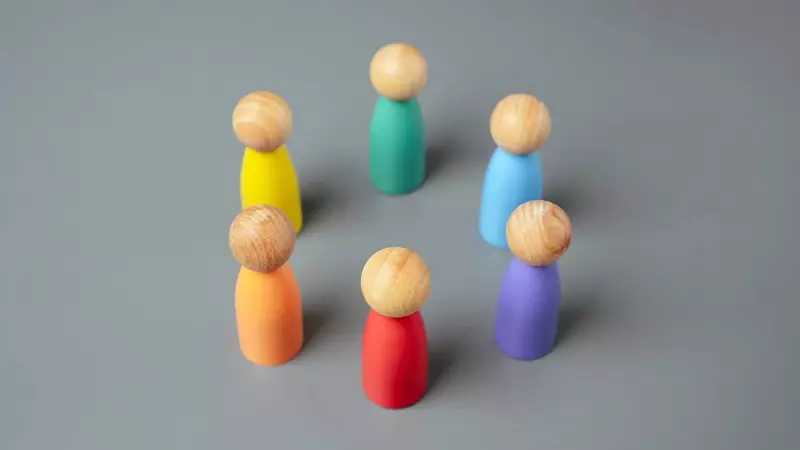
In an era where social media hashtags and profile picture filters often masquerade as activism, the concept of true allyship has never been more critical—or more misunderstood. Being an ally isn't a badge to wear or a temporary trend to follow; it's a continuous, conscious commitment to standing alongside marginalized communities.
The Foundation: Listening Over Speaking
Authentic allyship begins not with grand gestures, but with humble listening. It requires creating space for marginalized voices to share their experiences without interruption, justification, or defensiveness. This means resisting the urge to 'not all men' a conversation about sexism or to play devil's advocate when someone shares their lived reality of discrimination.
Educate Yourself: The Work Is Yours To Do
A true ally understands that the emotional labour of education does not fall upon those already burdened by systemic oppression. This involves proactively seeking out resources, books, articles, and perspectives that challenge your worldview. It means sitting with discomfort when your privilege is pointed out, rather than reacting with fragility.
From Passive to Active: Speaking Up When It Counts
Allyship shines brightest when practiced in spaces where marginalized individuals are absent. Challenging sexist jokes in locker rooms, calling out microaggressions in workplace meetings, and correcting misgendering within family circles—these are the moments where allyship transitions from theoretical to tangible.
Amplify, Don't Appropriate
Effective allies use their platform to boost marginalized voices rather than speaking over them. This means sharing articles written by Dalit feminists, promoting queer artists, and crediting ideas to their original sources. The goal is to pass the microphone, not to become the new voice of the movement.
The Indian Context: Navigating Complex Social Layers
In India's diverse social fabric, allyship must be intersectional. Supporting gender equality while ignoring caste dynamics, or advocating for LGBTQ+ rights while remaining silent on religious minorities, creates incomplete solidarity. True allyship recognizes how various forms of discrimination intersect and compound.
Consistency Over Convenience
Performative allyship appears during trending hashtags but disappears when real-world action is required. Genuine allies show up consistently—not just when it's socially advantageous, but when it's difficult, uncomfortable, or even risky.
The journey of allyship is lifelong and evolving. It demands regular self-reflection, acknowledgment of mistakes, and the humility to course-correct. In a country striving toward greater social equity, becoming an effective ally might be one of the most significant contributions you can make toward building a more just and inclusive India.





